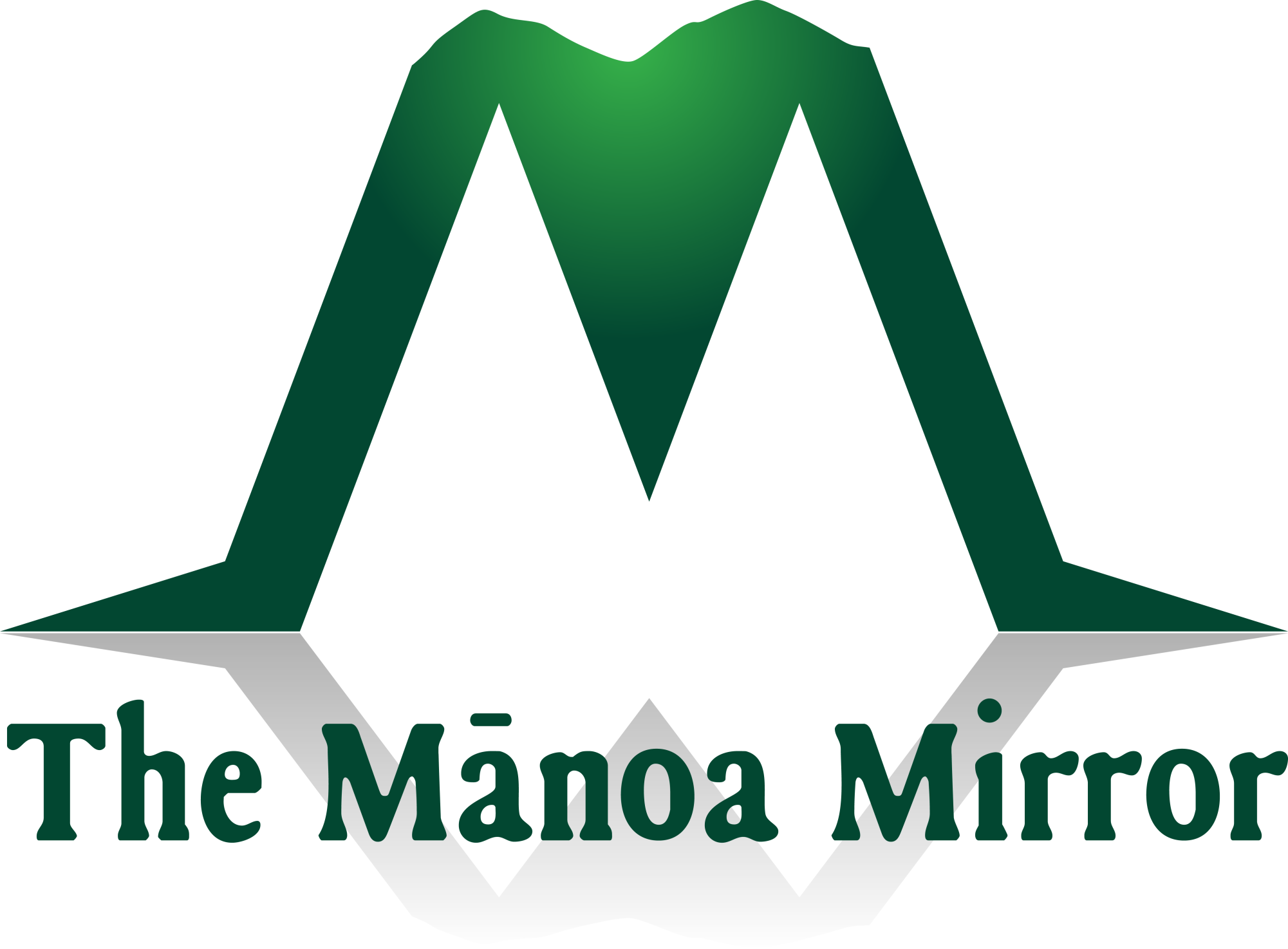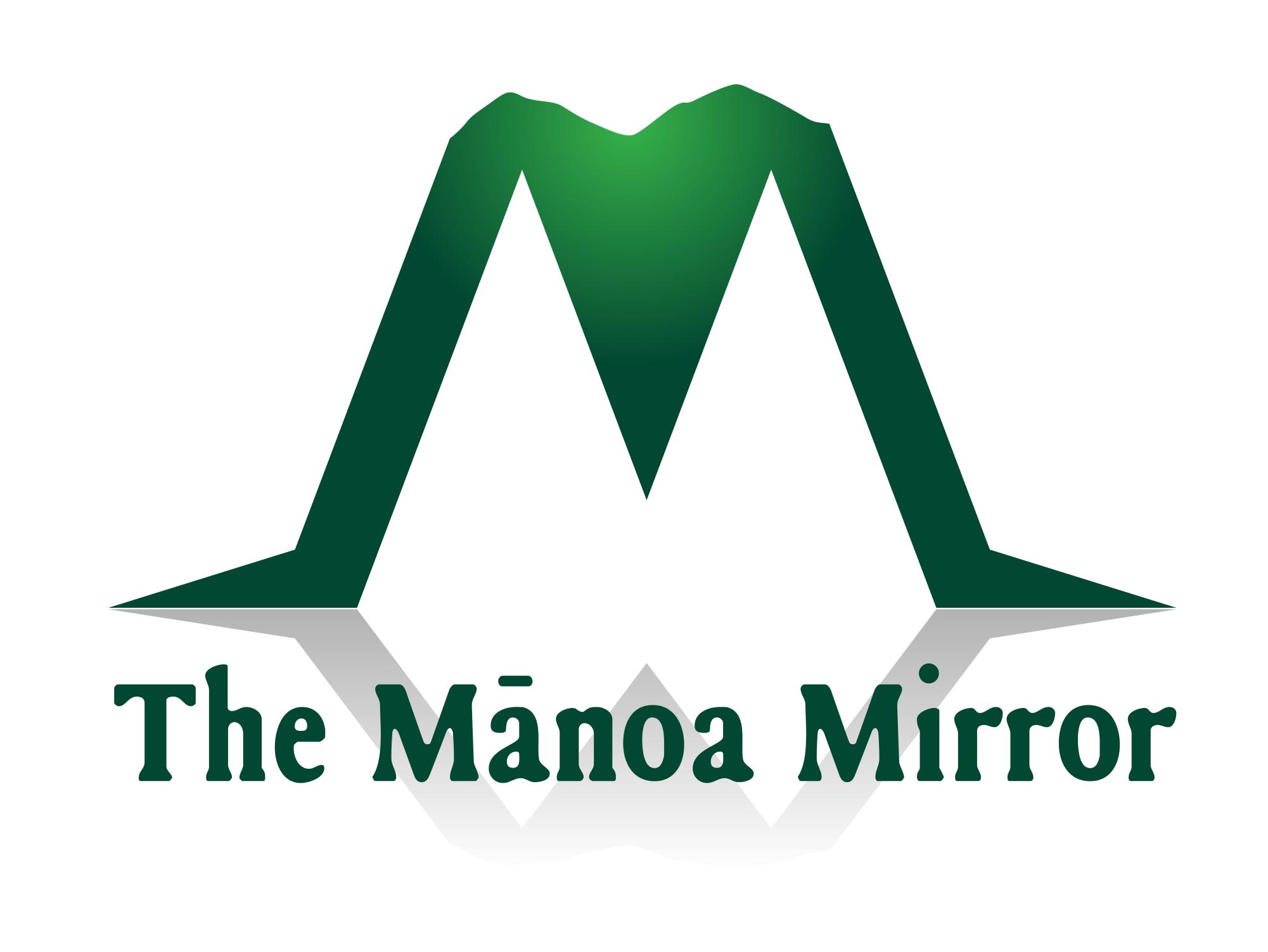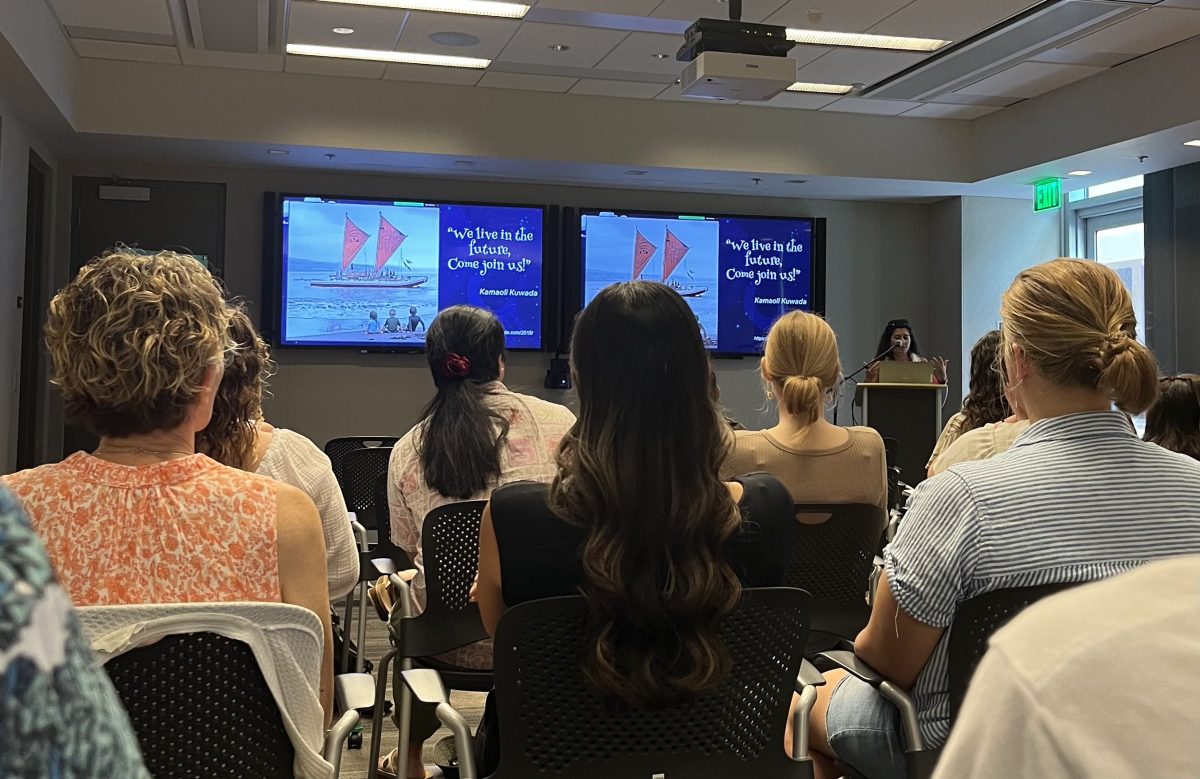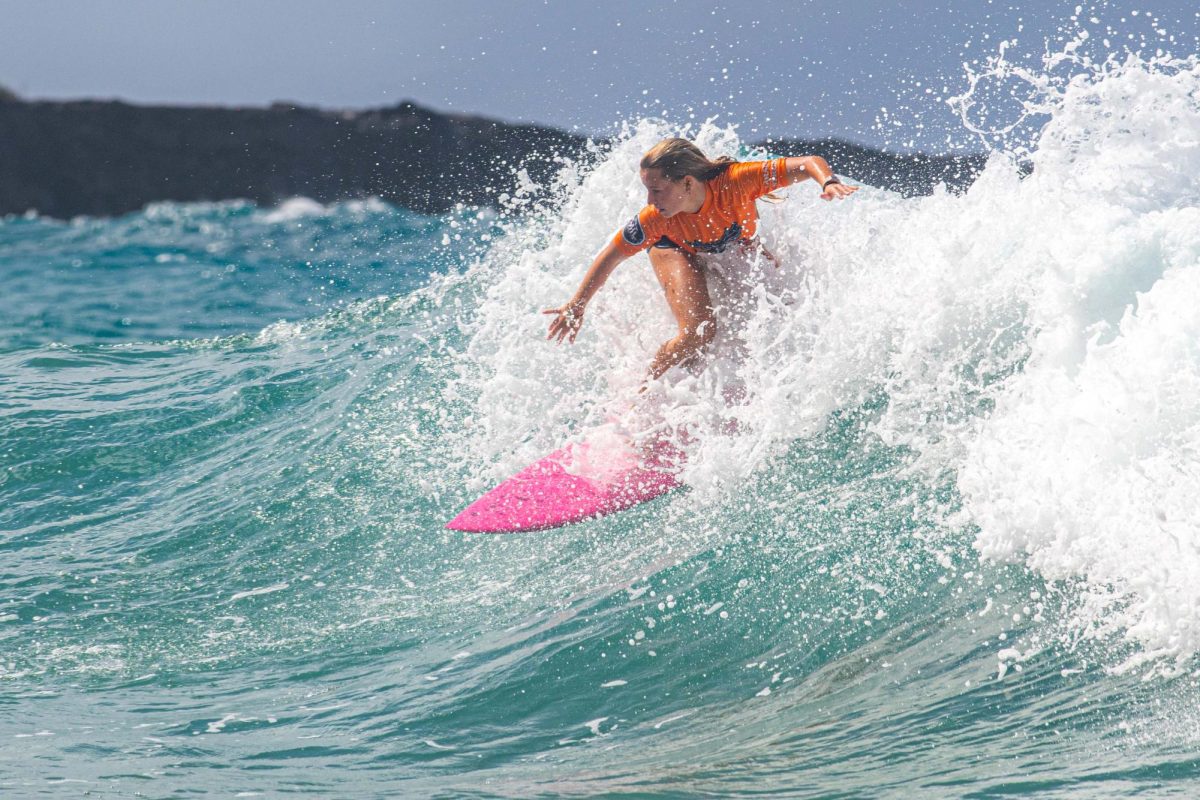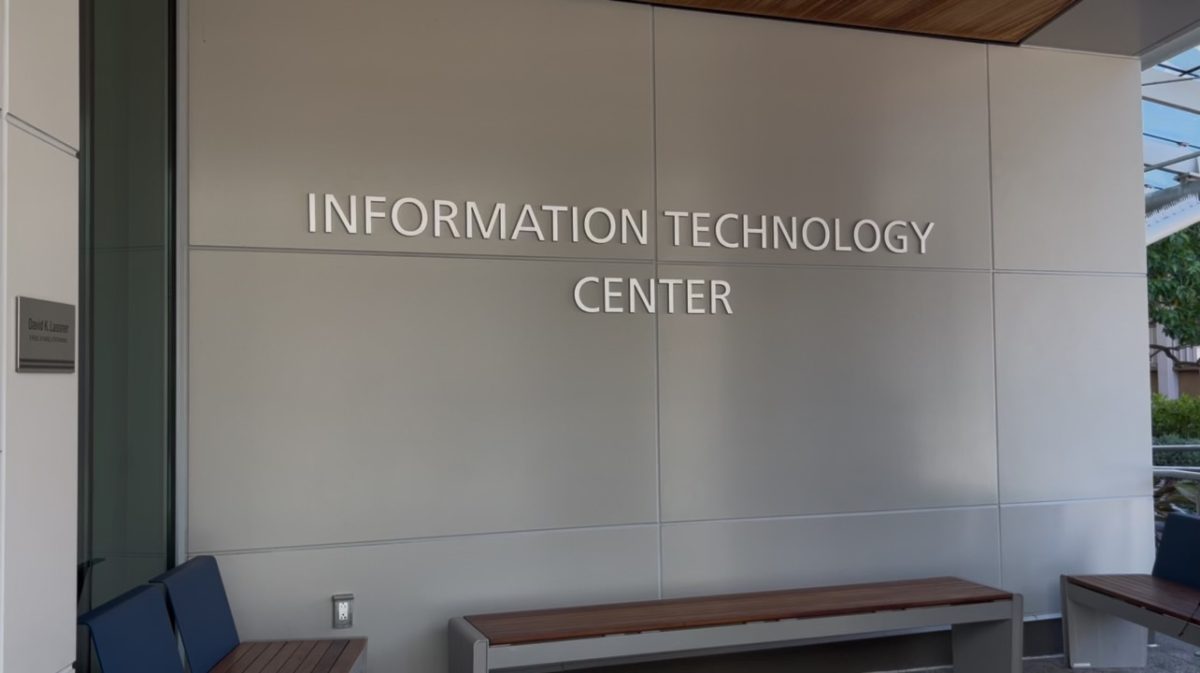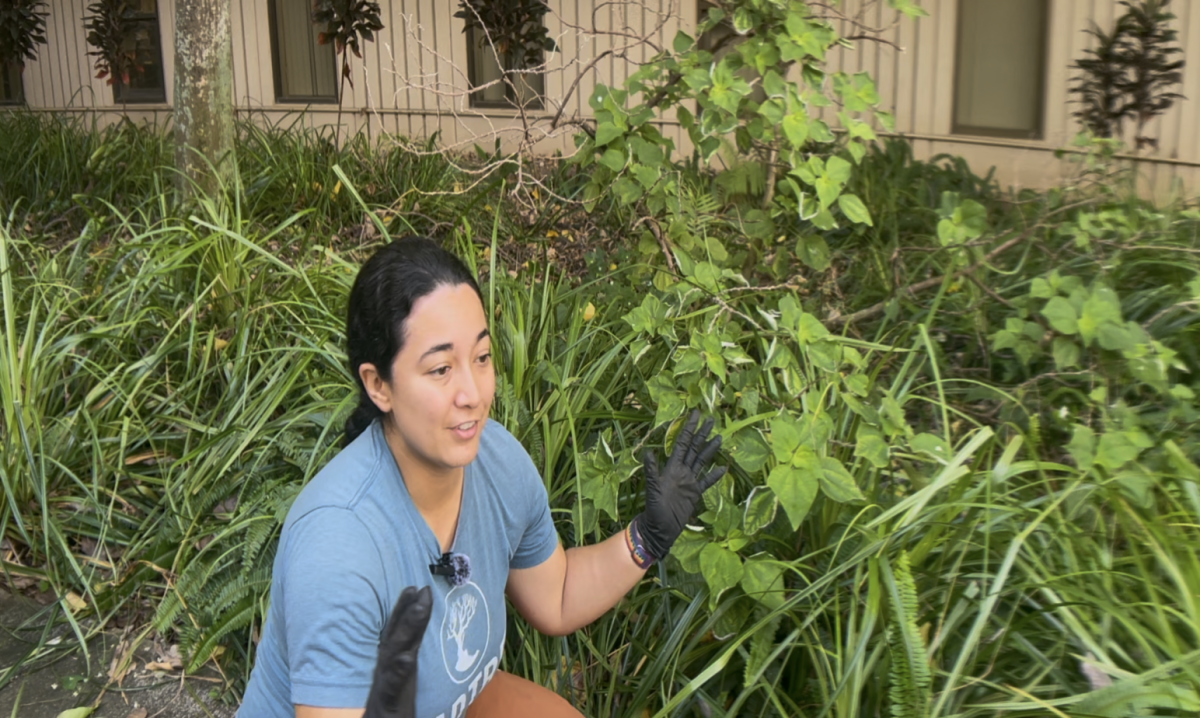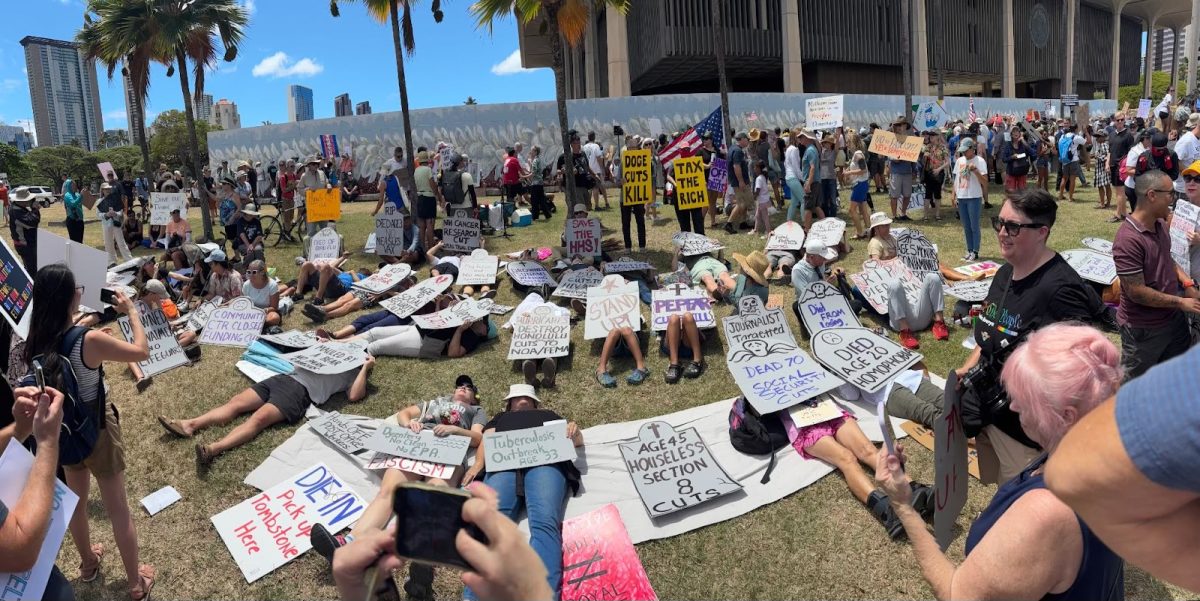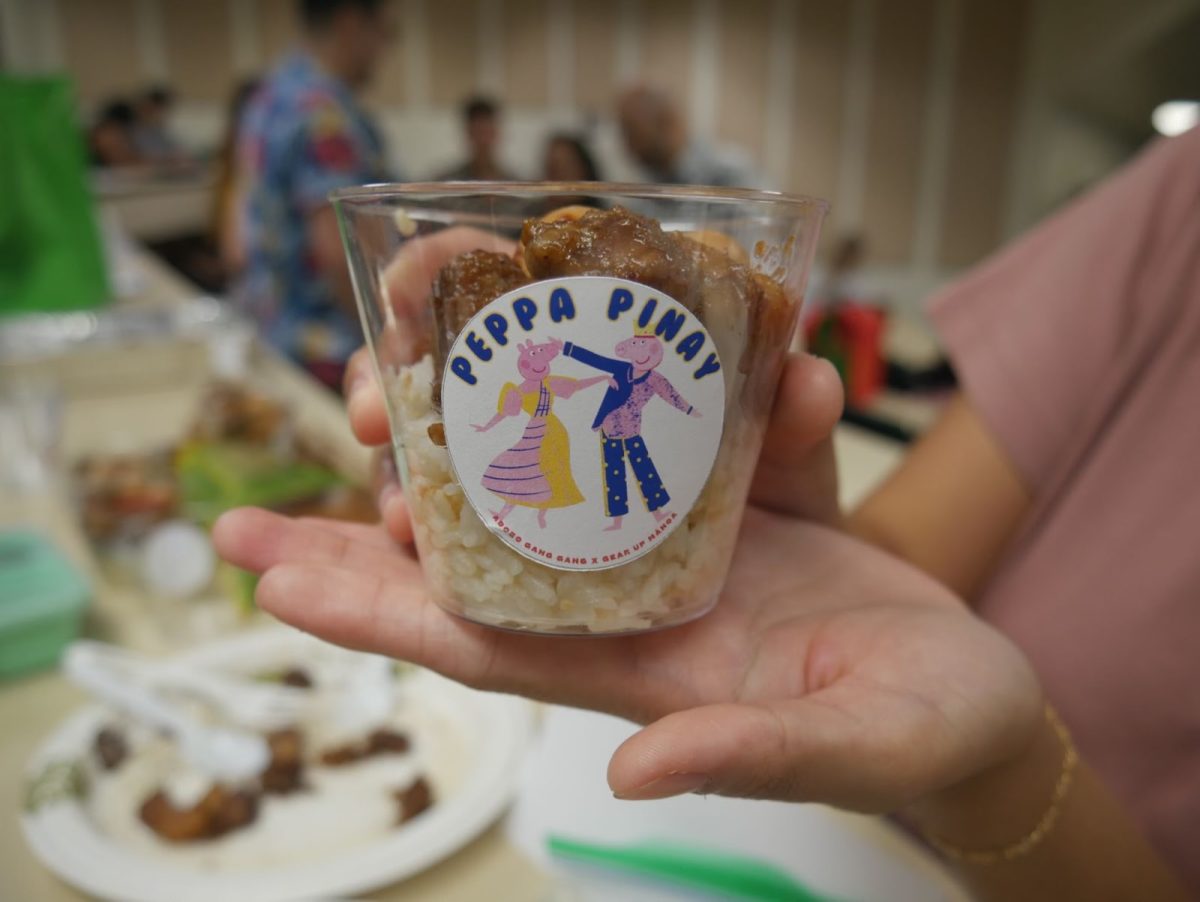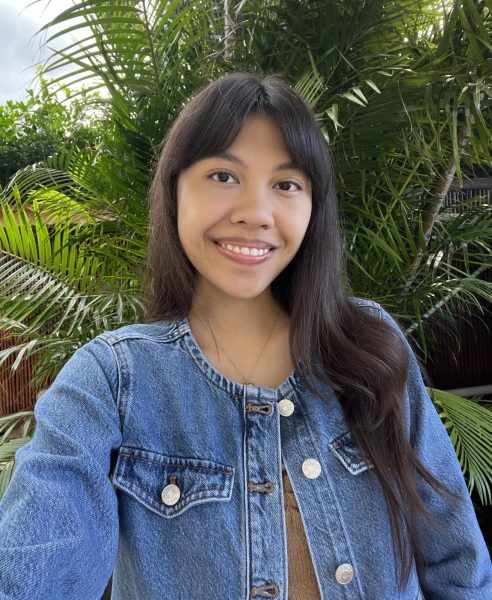Life sciences students at UH Manoa learned about the use of Hawaiian concepts to help advise their scientific research projects.
Faculty and students from UH Manoa’s School of Life Sciences conducted oral presentations and discussions at the 48th Annual Tester Memorial Symposium. The academic event’s theme this year is two-eyed seeing, which brings the western science lens and indigenous science lens together.
Dr. Noelani Puniwai, a Hawaiian Studies associate professor at UH Manoa and pono scientist, started the symposium on April 10 with a keynote address. She spoke about incorporating aloha ‘āina and malama ‘āina, which means to love and take care of the land, into scientific research in Hawaii.
Jon Ehrenberg and Callie Stephenson are in the marine biology graduate program and believe it is necessary to have Hawaiian concepts interwoven with their scientific research projects.
“I think aloha ‘āina generally informs our decisions in science as well as in conservation, and it’s kind of what directs malama ‘āina,” said Ehrenberg, who adds there must be a deep care of the spaces and places that he inhabits as a scientist.
Stephenson says having values and a sense of place can help scientists work well with communities and produce better work.
“You’re not just a scientist for academia and for science. You’re a scientist for the management implications of your work,” said Stephenson.
Sebastian Church, a PhD student in the tropical plant and soil sciences program, says it is important to approach science projects in Hawaii with respect and a willingness to learn.
“You don’t just show up and externalize and just spill onto the space, you let the space spill into you as well, and that’s what we call a relationship,” said Church.
Kiani Vidaurri is a sophomore journalism major at the University of Hawaii at Mānoa. She is interested in investigative, entertainment, and lifestyle reporting.
